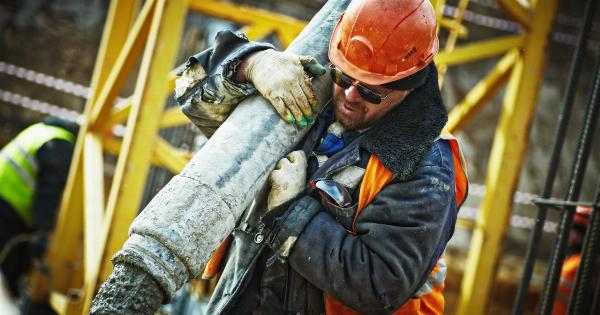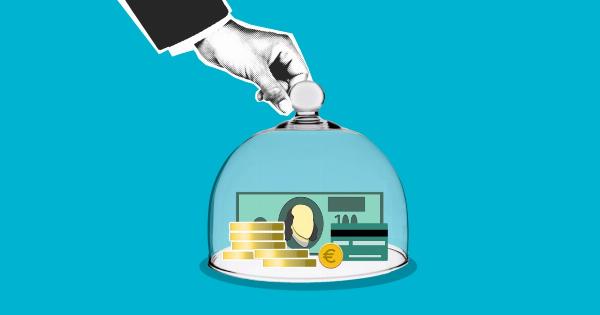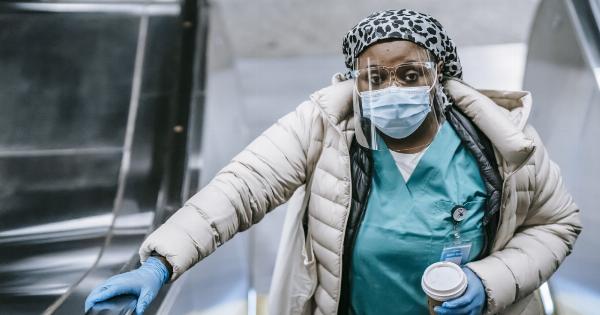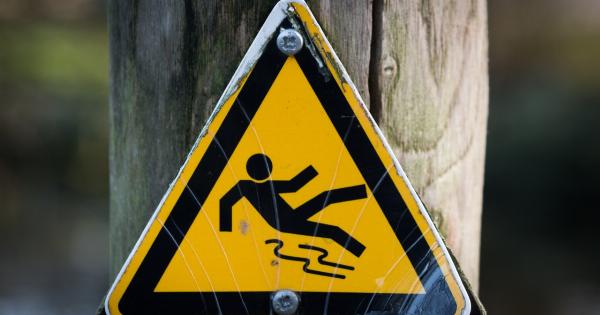Workplace safety is a critical aspect of any work environment, and employers have an obligation to provide safe working conditions for their employees. However, despite safety measures and precautions, accidents still happen in the workplace.
In the European Union, this has resulted in a tragic statistic – over 5,000 workers lose their lives every year due to work-related accidents.
Workplace accidents in the EU
The number of fatalities due to workplace accidents in the EU is alarming, with an estimated 5,000 deaths recorded annually. These accidents may occur due to various reasons, such as poor work practices, inadequate safety protocols, or human error.
The risks are not the same across all types of jobs, and those in the construction, agriculture, mining, and transportation industries, among others, are at a higher risk of work-related accidents.
The impact of workplace accidents
Not only do workplace accidents result in fatalities, but they also lead to injuries, disabilities, and long-term health problems. These can affect not just the workers themselves, but also their families and dependents.
Additionally, workplace accidents can have a significant impact on businesses, leading to financial losses, damage to equipment or facilities, and diminished productivity. This can hinder a business’s ability to grow and compete in the market.
The role of employers in workplace safety
Employers play a crucial role in ensuring the safety and wellbeing of their employees.
They have a legal obligation to provide a safe workplace, which includes carrying out risk assessments, implementing appropriate safety measures, and providing training and resources to employees on how to work safely. Employers must also ensure that employees are aware of the potential hazards in their workplace and provide them with personal protective equipment when necessary.
The importance of employee education and training
Employers cannot shoulder all the responsibilities of workplace safety themselves. Employees also have a role to play in maintaining a safe work environment.
As such, it’s essential to educate and train employees on safe work practices, identifying potential hazards, and using safety equipment. This can help promote a safety culture and ensure that all employees are aware of the risks associated with their job.
The need for stronger safety regulations
The EU and individual member states have implemented various safety regulations to prevent workplace accidents.
These include standards for work equipment and protective clothing, mandatory reporting of accidents, and guidelines on working at height and in confined spaces, among others. However, some advocates argue that more needs to be done to improve safety in the workplace, citing inconsistencies in enforcement and inadequate oversight as ongoing challenges.
Strengthening safety regulations and increasing enforcement can go a long way in preventing workplace accidents.
Integrating technology into workplace safety
Advancements in technology have led to innovative solutions for workplace safety. For example, drones can be used to inspect high-risk areas, while wearable devices can monitor employee vital signs, reducing the risk of heat exhaustion or dehydration.
Moreover, virtual reality simulations can provide employees with a realistic understanding of potential workplace hazards, preparing them for emergency situations. Moreover, tech tools can be integrated into safety assessment and accident reporting, making the process quicker and more efficient.
Conclusion
The tragic statistic of 5,000 workers dying from accidents every year in the EU illustrates the importance of taking workplace safety seriously.
Employers and employees alike must work together to maintain a safe work environment, taking steps to identify potential hazards and implement measures to reduce risks. By doing so, not only will we prevent workplace accidents, but we can also promote a culture of safety that ensures the well-being of all employees.






























